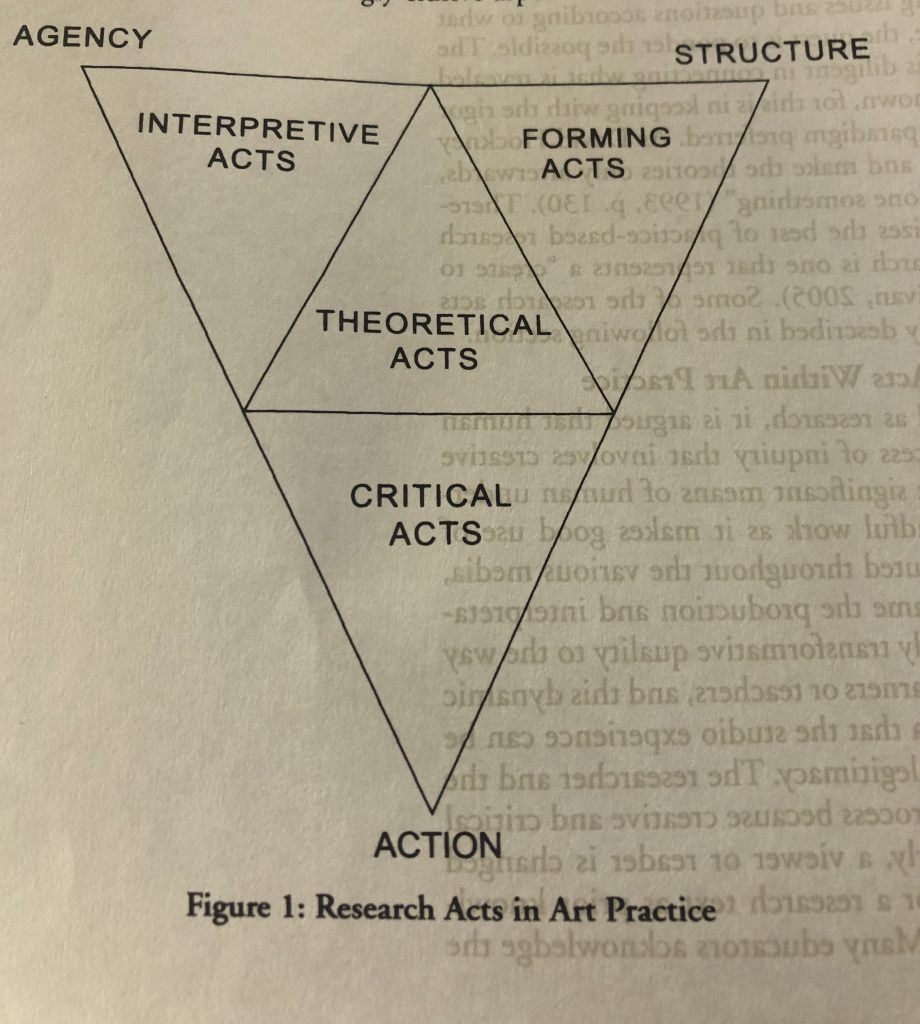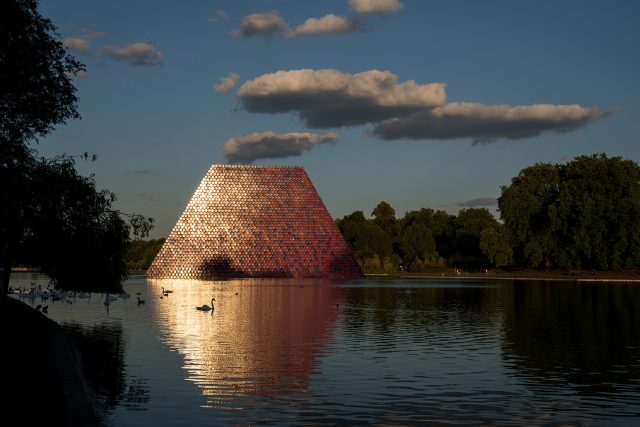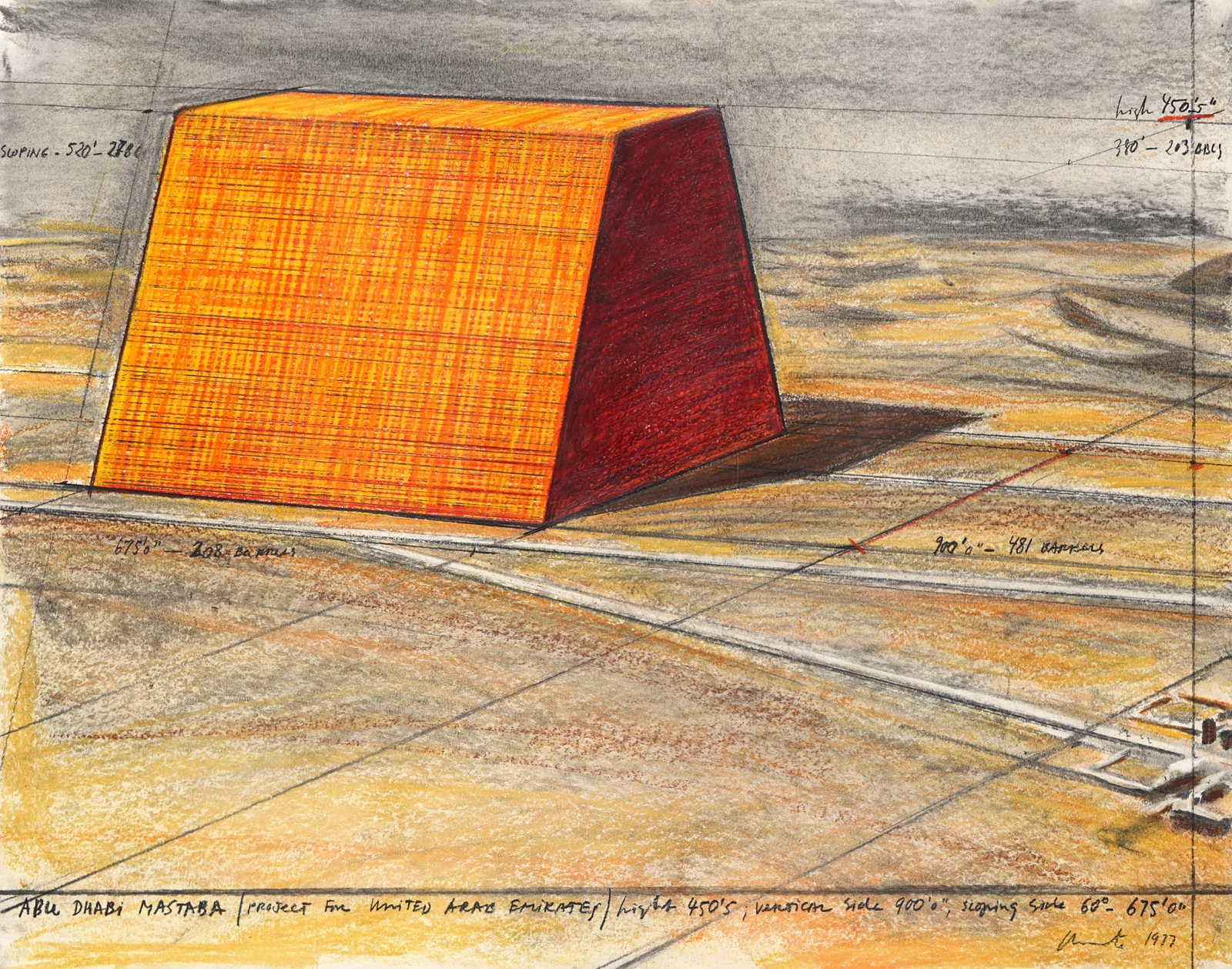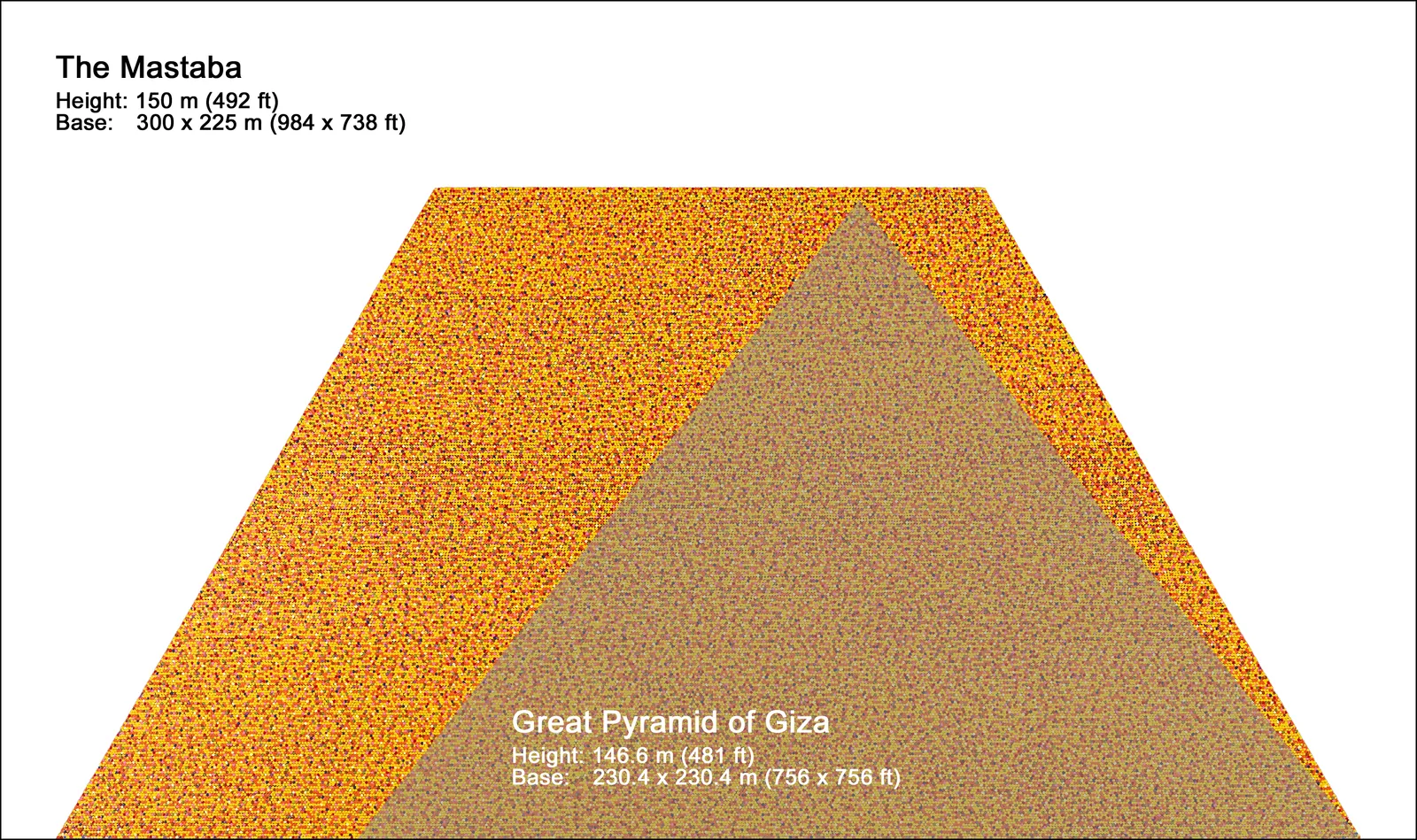I looked at an article written by Graeme Sullivan, Research Acts in Art Practice (2006)
What intrigued me is that he refers to a question arts-based researchers have: Can artistic forms be used as the basis for educational inquiry.? and What kind of research acts are characteristic of, and familiar to, art inquiry and art practice? It is evident from this article that practice-based research methods in art should be grounded within the practices of the studio.
In loose terms, the idea of ‘art-based research’ is seen as a way into how art can offer unique insight into human knowing and understanding. So I here picked up on ideas of artistic knowing and the transformative power of art learning. Accordingly, most arts-based research are based within the domains of education and the social sciences. Some researchers proclaim that the integrity of the artistic produce is a site of knowledge, and others argue that the arts can deal with complex realities within educational research. (describing through seeing and sensing would be how evidence is found) I see here how words, describing and being reflective in writing can be used and favoured – visual documentation can be added, but is stays language-based. BUT: the are multitude ways of encountering and representing experience, thus a broad range of inquiry can be argued. Interesting it could be seen as akin to art criticism and narrative storytelling. Here when the research have an emphasis on constructivism, interpretations and contextualism, it can learn towards interdisciplinary approaches where the focus is to offer new perspectives. – like providing a ‘special’ way of coming to understand something is argued. (qualitative inquiry) But is seems the issue is still if this becomes a critical inquiry. Sullivan refers to the role of lived experience, subjectivity, and memory to be used as agents in knowledge construction (arts-informed research) – performance, time-based media and plastic arts are discussed as these non-linguistic forms of artistic engagement. In these inquiry methods, the work is grounded in educational intentions and draws on practices of various art forms, cuts across media.
I agree that from the perspective of the artist (p26-27), the processes, products, proclivities and context that support art-making is less well studied. The artist is the ‘insider’ here. Is it that practical knowledge learned from making has just been underestimated by researchers outside the field of practice, is a question stated by Sullivan (p27). Now we get closer to the studio – what happens before the artwork is made? This disrupts standard research inquiry. The conclusion is to think, ‘create to critique’ was an interesting thought.
The research acts to take note of:
By using an illustrative chart, a series of research acts are shown when thinking about art practice as research in the way how artist thinks about studio practices as forms, ideas and actions, one comes to understand that there lies a rich layer of theory which propels art inquiry.

Learning from this being open to the idea that this in an inquiry which is reflexive and that it is of critical importance to maintain and monitor a creative and critical perspective whilst documenting. How else can you defend the truth of the interpretations made? Sullivan states that the process changes both the researcher and the researched – this also implies to the viewer, who also brings prior knowledge and becomes ‘troubled’ by new possibilities. As a practice it is both creative and critical.
- Research becomes visual
- Research becomes a visual problem finding and problem solving whereby forms, materials, properties, and qualities become the means by which concerns are explored and expressed.
- The artwork becomes the primary site
- The artwork becomes the source of knowledge, as understanding emerges within the experimentation with materials/media
- It could be called performative knowledge linked to ideas or strategies of observation.
- The research is immersed in all kinds of visual and virtual fields
HOW to interpret these acts in practice (p31 -32)
One can argue that art practice is not only a personal pursuit, but can benefit a public process and change the way we understand things.
The ongoing debate stands: Is knowledge found in the art object, or in the mind of the viewer?
Art practice can have two meanings – as a process and or a product, but it stays a robust form of human engagement with potential to reveal new understandings and or insights. As artist our ‘set of conceptual tools’ have expanded – we talk about thinking in a medium, or thinking as a language, or to think in context. Interesting for my own research question is then Sullivan then continues to draw on thinking in a context as a way how artistic encounters can change/challenge the way we think about things around us.
Bibliography
Sullivan, Graeme. (2006) Research Acts in Art Practice. Online article in Studie in Art Education, A journal of Issues and Research, 2006, p 19 -35.



More reading: Artist as Theorist (Chapter 5)
This article’s introduction captured me as it referred to work done by the artist Christo and Jean Claude. In 1982 Christo discussed the importance of the process of planning large-scale, site-specific art projects. For Christo, the importance did not lie on process and product, but on ‘process and the progress’. He referred to the long period from the initial conception of an idea, through negotiating with others, and the final realization of the work as a creative and educational enterprise, with many outcomes. Here he refers to planning, reviewing, adapting, managing, and analyzing, which is also characteristic of art research. (the work in the image is part of the process of a planned work to be permanently on site in the Liwa desert, near Abu-Dhabi, UAE, since 1977)
Sullivan argues that in order to understand the role of the artist as a creator of visual images with the
potential to conduct research “in” art in the context of studio practice, there is a need to consider the “different functions of the artist and the image as a data source. The idea of the artist as social recluse or a cultural lamplighter of genius is an inadequate representation in this day and age.” (p 151) He argues that contemporary artists adopt multiple practices from where they create ideas (other disciplines, media, political interest, cultural and educational). So we have a much more diverse image of an artist as a creator, a critic, a theorist, a teacher, an activist and artist move easily over into terrains of other disciplines as they absorb (learn) adapt to a research language.
(to be continued: 02/08/2023)